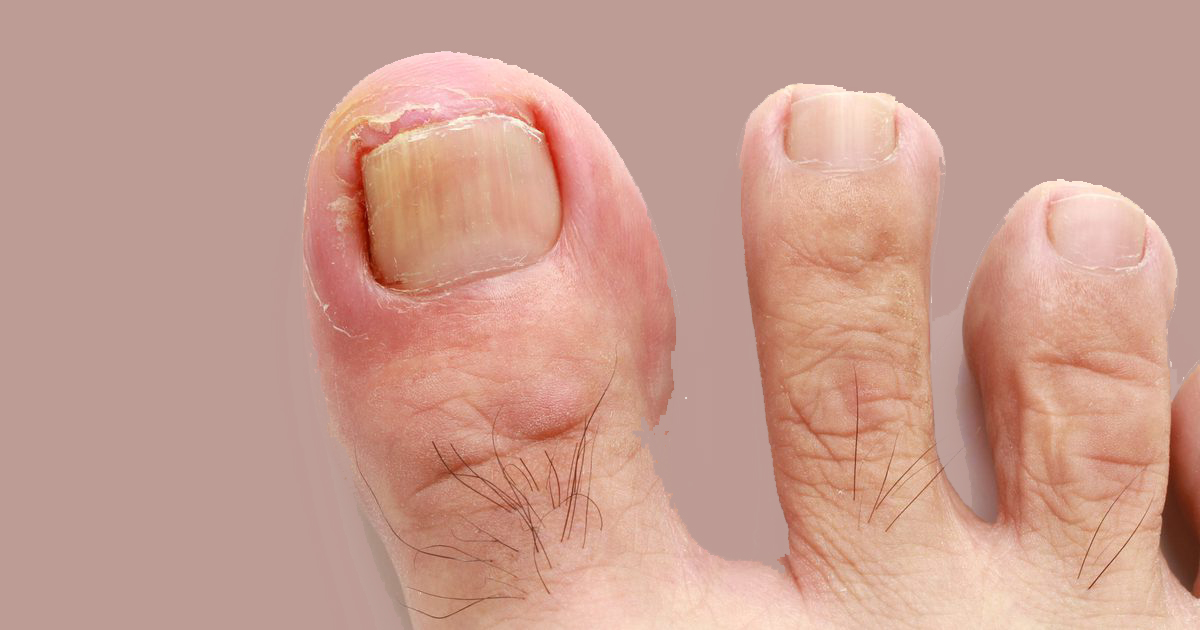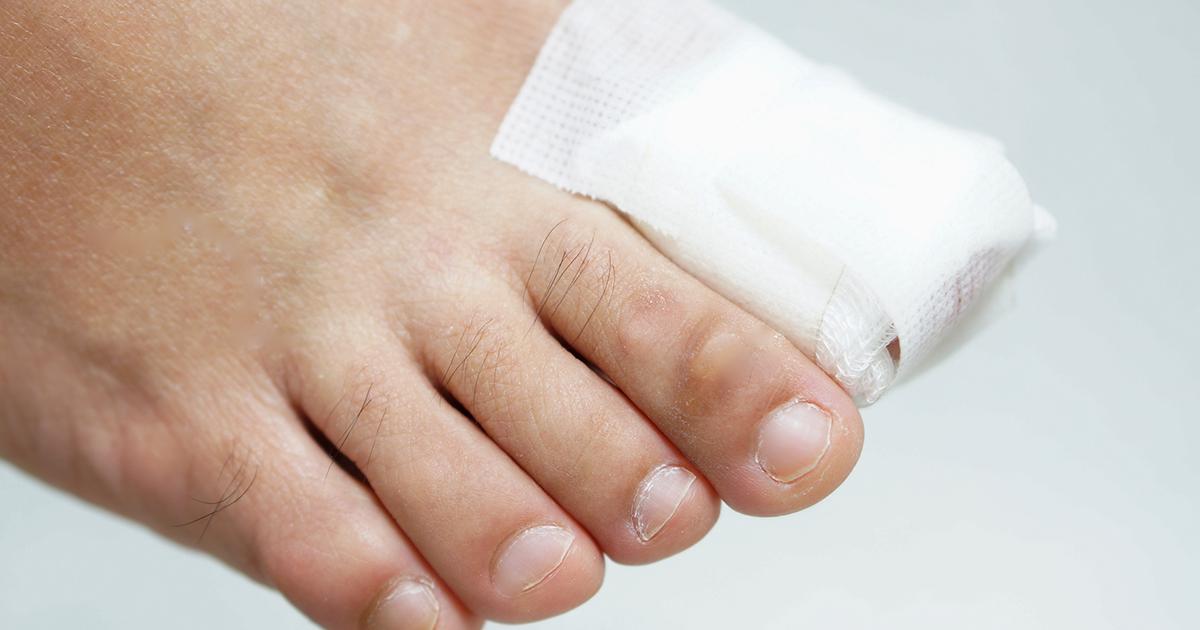Symptoms Of Ingrown Nails To Watch For
Tissue Infection
Tissue infection can occur if ingrown toenails are not treated promptly. Signs of a tissue infection include bleeding from the digit, a feeling of warmth around a nail, an overgrowth of skin next to or on the sides of the nail, the presence of fluid around the site, and the presence of pus. As the first line of treatment for infections, patients may wish to use an antibiotic cream such as neomycin. These creams are often available over-the-counter and can be applied up to four times a day. Attempting to lift the nail out of the surrounding skin may also help, and this can be done with a cotton ball and with specialized ingrown nail lifting devices available at pharmacies. For patients with advanced infections, stronger antibiotics may be required.
If the tissue infection does not subside, surgery may be performed to remove the ingrown nail. Podiatrists often perform these procedures. After the affected digit is numbed with a local anesthetic, the podiatrist probes the infected area to determine how deeply the ingrown nail is embedded in the skin. X-rays of the foot can aid in this determination. The podiatrist will then surgically remove all pieces of the ingrown nail and will check carefully along the sides of the nail bed to ensure no tiny splinters remain. The podiatrist will then apply an acidic solution along the sides of the nail to reduce the chance of future ingrown nails. An ointment will be placed on the nail to promote healing and reduce infection, and the digit will be carefully bandaged. This type of surgery has a ninety-eight percent success rate in preventing recurrence of ingrown nails. For patients who have nail thickening in addition to ingrown nails, it may be necessary to remove the entire nail. This procedure is also done with a local anesthetic and is known as a matrixectomy.
Uncover more symptoms of ingrown nails now.
Redness Around The Nail

Redness around the nail is often an early symptom of an ingrown nail. It is a sign of inflammation and is typically accompanied by edema in the area. The skin around the reddened area may become hard, and there may be discomfort or pain when pressure is placed on the area. Steroid creams can sometimes be useful to reduce inflammation and are available over the counter. Anti-inflammatory medication such as ibuprofen can help to reduce inflammation throughout the entire body and will also reduce pain. Since redness is often associated with swelling, ice packs or cooling gels may help provide temporary relief as well. Patients should carefully check the nail for any signs redness or edema may be spreading. They should feel the area for temperature and compare it with an unaffected digit to see if it is warmer. Redness, warmth, and swelling may all indicate the presence of an infection, and patients are advised to consult a doctor if these symptoms worsen or do not improve after ten days.
Keep reading to discover more indications of ingrown nails.
